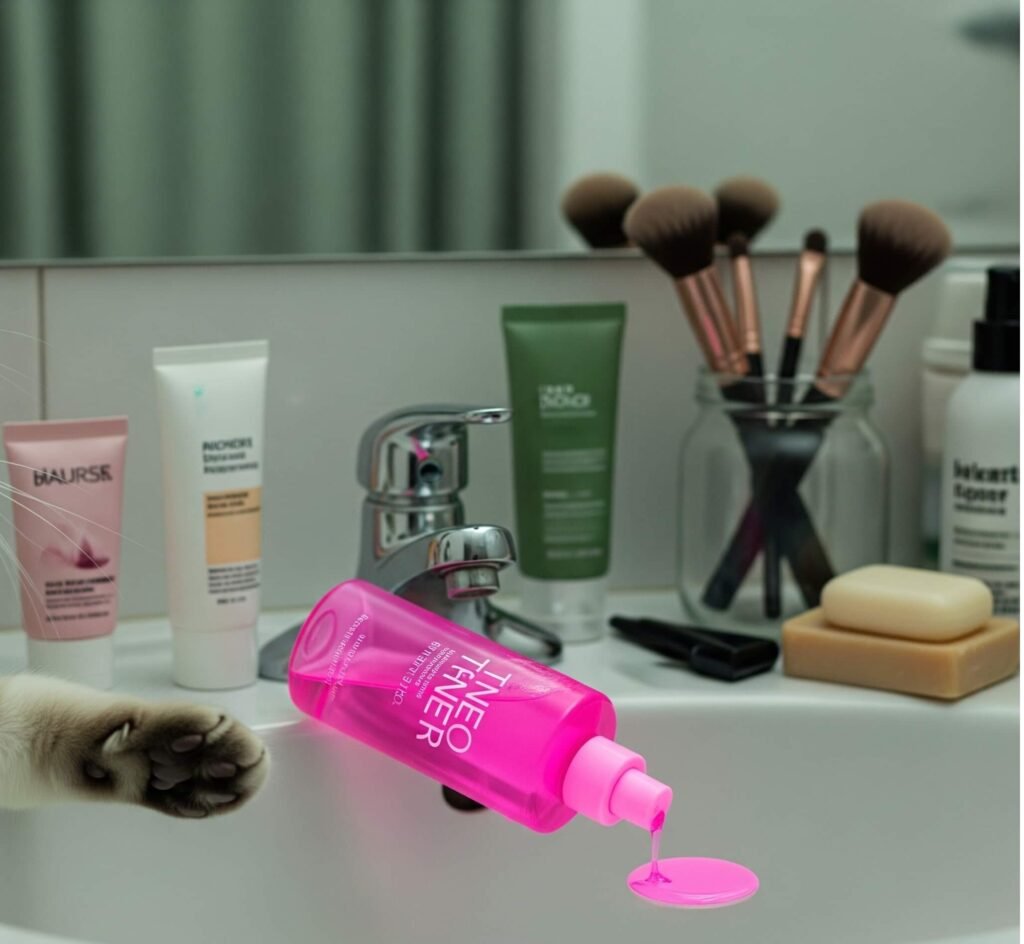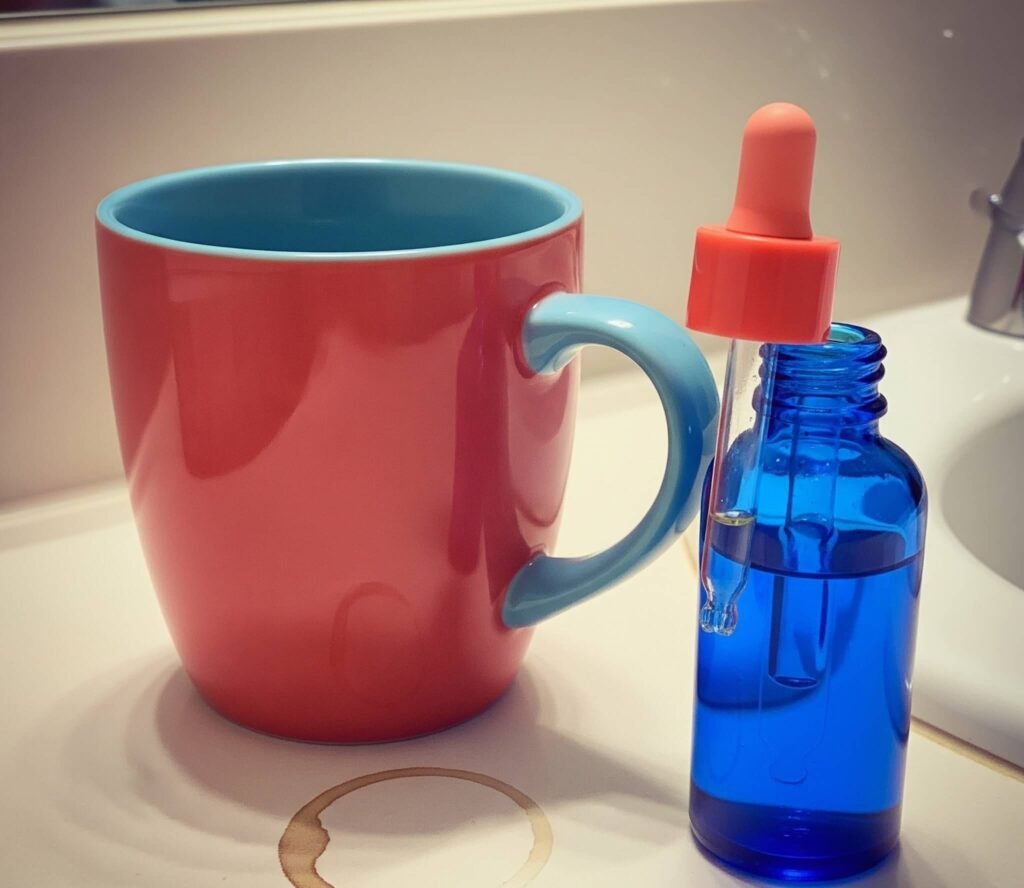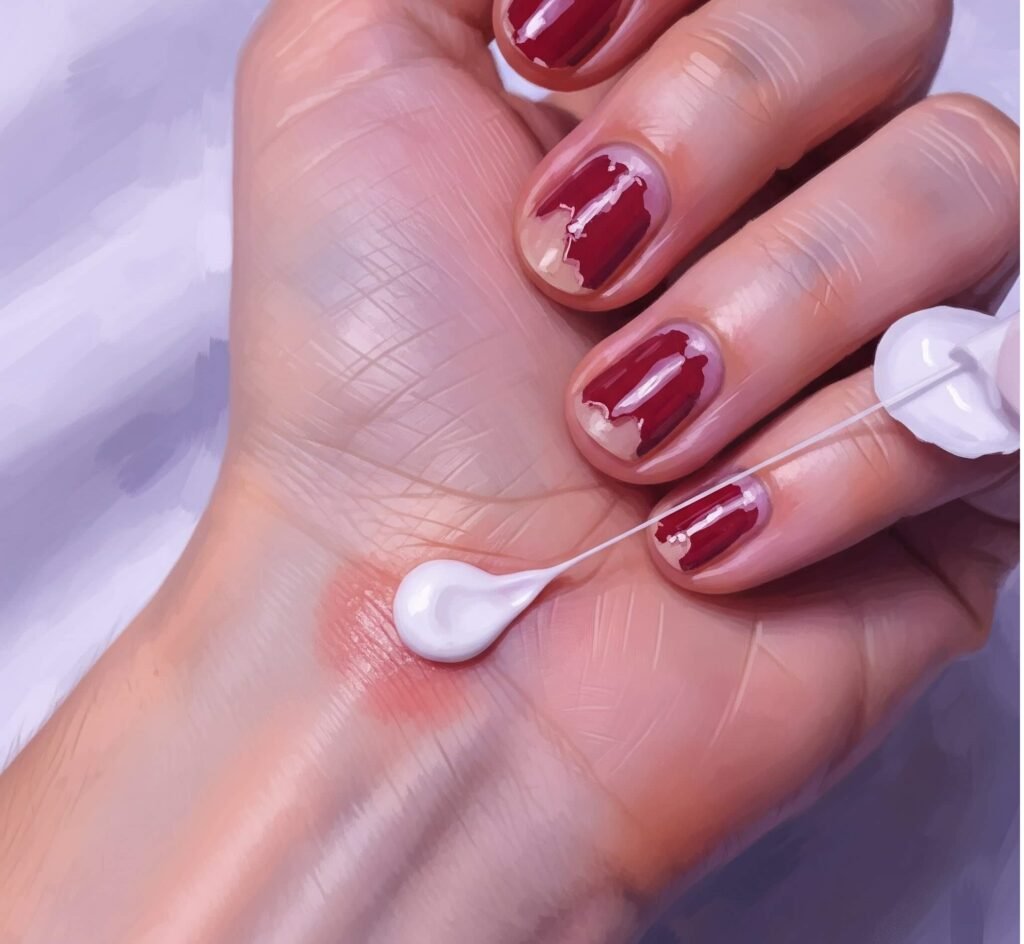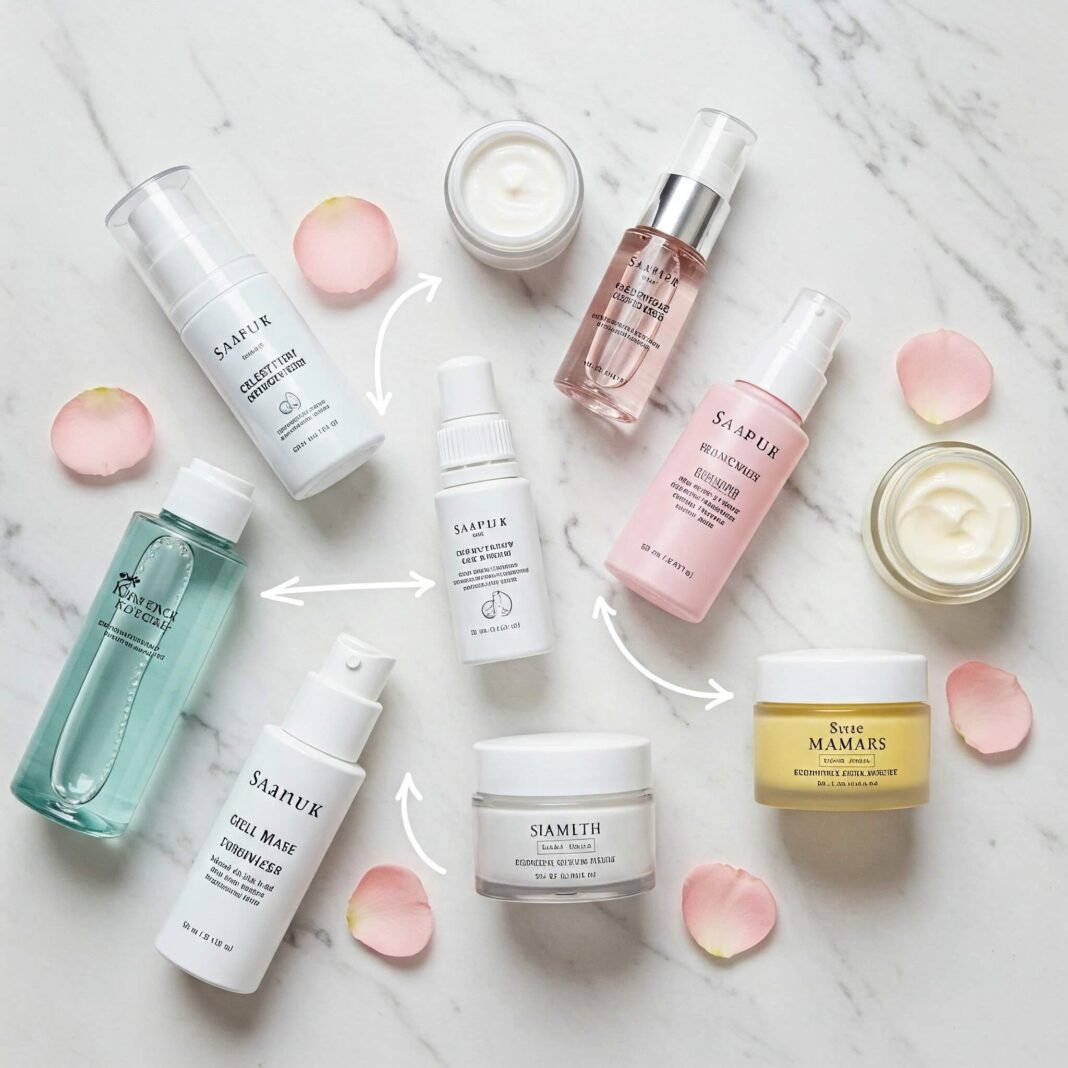Okay, so I used to just slap on whatever felt right—moisturizer, sunscreen, maybe some random serum I got from a subscription box. Big mistake. My skin was like, “Girl, what are you doing?” I learned the hard way that skincare layering is about getting those fancy ingredients to actually work. Each product has a job, and if you mess up the order, it’s like putting on socks after shoes. I’m still haunted by the time I put oil before toner and ended up with a greasy face that smelled like a lavender explosion. Layering right means your skin drinks up the good stuff—trust me, it’s a game-changer.
My Skincare Layering Routine (Mistakes Included)
Here’s how I layer my skincare now, after way too many YouTube tutorials and a few meltdowns in my bathroom. I’m in the US, so I’m using stuff you can grab at a drugstore or Sephora, but I’ll link to some solid sources for the science-y bits. This is my morning routine, ‘cause evenings are a whole other beast:
- Cleanser First, Always: I start with a gentle cleanser, like CeraVe’s foaming one (CeraVe). I splash cold water from my creaky Chicago faucet, and it’s like waking up my face. One time, I skipped this and went straight to serum—my skin felt like sandpaper by noon.
- Toner to Prep: I use a hydrating toner, like Thayers Witch Hazel (Thayers). It’s like giving my skin a sip of water. I spilled half a bottle once when my cat jumped on the counter—yep, I cried.
- Serums for the Fancy Stuff: I’m obsessed with The Ordinary’s Niacinamide (The Ordinary). It’s lightweight, so it goes on before thicker stuff. I once put it on after moisturizer, and it just sat there, doing nothing.
- Moisturizer to Lock It In: I slather on Neutrogena Hydro Boost (Neutrogena). It’s like a hug for my dry skin, especially in this brutal Midwest winter. I used to skimp on this—big nope.
- Sunscreen, No Excuses: I finish with La Roche-Posay SPF 50 (La Roche-Posay). Skipping it once gave me a sunburn that had my coworkers whispering. Protect your face, people.

Common Skincare Layering Screw-Ups (I’ve Done ‘Em All)
I’m no dermatologist, but I’ve made every mistake in the book. Here’s what I’ve learned from my skincare layering disasters:
- Don’t Mix Actives Like a Mad Scientist: I once used retinol and vitamin C together, and my face was red for days. Check out Paula’s Choice for tips on what plays nice.
- Thin to Thick, Always: Light stuff like serums goes before heavy creams. I learned this after my moisturizer blocked my expensive serum. Waste of money, ugh.
- Give It Time: I used to rush, layering everything in 30 seconds. Now I wait a minute between steps, sipping my coffee while my cat stares. It helps absorption—science says so (Healthline).

Tips for Your Own Skincare Layering Journey
Look, I’m still figuring this out, but here’s what’s worked for my flaky, sensitive skin:
- Start Simple: You don’t need 10 steps. I began with cleanser, moisturizer, and sunscreen, then added serums as I got braver.
- Patch Test Everything: I skipped this once and ended up with a rash that made me look like I lost a fight with a tomato. Test on your wrist first.
- Listen to Your Skin: If it’s tight or greasy, you’re doing something wrong. My skin told me it hated heavy oils—loud and clear.
Wrapping Up My Skincare Layering Rant

So, yeah, skincare layering is a whole thing, but it’s worth it when your skin starts glowing like you actually have your life together. I’m still a hot mess—my bathroom counter is proof—but I’m getting the hang of it. Try it out, make mistakes, and laugh at yourself. Got a favorite product or layering hack? Drop it in the comments—I need all the help I can get!







































